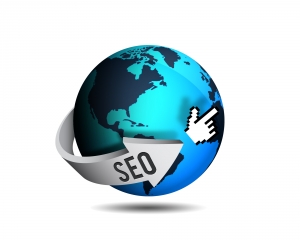The Value of a Website Video – or how not to do one
In an upcoming column for Web Marketing Today, I am going to discuss the value of videos in law firm marketing, focused on internet marketing efforts. I’ve had the opportunity to work with people that know how to do them, such as my friends at TheLaw.TV. Last year, as chair of the American Bar Association’s Law Firm Marketing Strategies Conference, we held the first Golden Gavel Awards, recognizing the best law firm and legal industry videos. Nick Gaffney of Infinite PR organized the video awards and panel, with the end result being some phenomenal videos used by law firms on web sites.
This brings me to my own recent work on redevelopment of the HTMLawyers website. I wanted an effective welcome message, but ended up with something that looks like a bad local business ad on cable television. You won’t see this on the business site, but I did marvel at how my eight year old daughter Lily watched me sweat, flub lines and deliver a mediocre performance–only to have her show me how it is done. I’m not sure if she is showing me the way or mocking me, but I enjoyed her performance far better than mine. Lily first appeared on this blog–in the fourth post–when she was born in May 2004, so this is her triumphant return.




